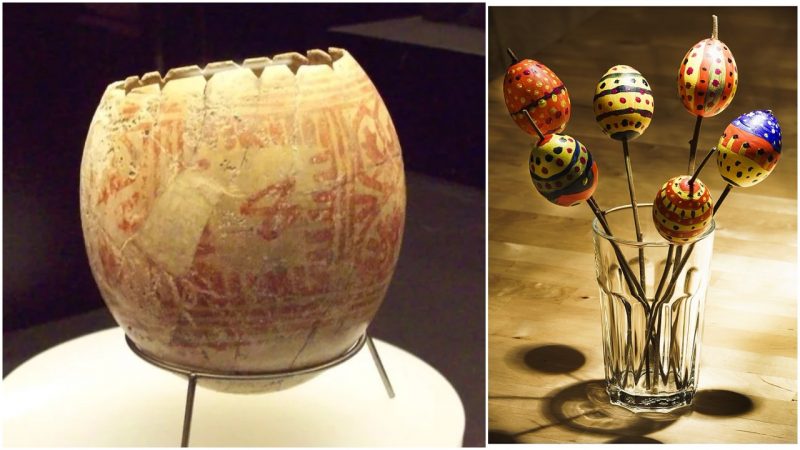Decorating eggs, going on Easter-egg hunts, and egg rolling are a vital part of the Easter time festivities. But the fascination with eggs, and using them in spring traditions, has been around for many centuries. In fact, the custom of decorating eggs during springtime was around long before Christianity. Since ancient days, the egg has been interpreted as a symbol of new life, of fertility or rebirth; therefore, some customs are inevitably linked to pagan traditions.
Some mythological narratives speak about the creation of the world out of the cosmic egg as captured in the famed Finish work of literature, The Kalevala. In the opening of this important epic narrative, there is a vivid incorporation of the mythological image of cracking the cosmic egg and creating life on Earth.
Very briefly, the myth tells that, in the beginning, the world was a vast surface of just water. There was also a duck in this primal world, looking for a place where she could hatch some eggs and a deity who reigned the endless waters. One day, the water deity helped the bird make a nest for her eggs. Seven eggs came out, six of which were golden and one made of iron. The eggs eventually plunged into the water, and thus the soil, the skies, the sun, and the moon were created.
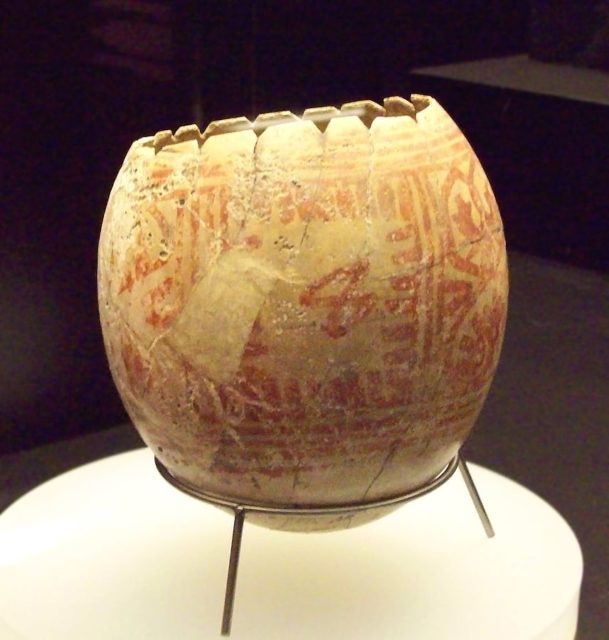
Besides the egg’s presence in cosmogony myths, archaeology has revealed to us what an ancient practice it has been to decorate eggs. In Africa, engraved ostrich eggs have been found that are deemed to be thousands of years old and were probably purposed for spring rituals.
Decorated ostrich eggs both in gold or silver were frequently placed in the graves of ancient Egyptians and Sumerians too, about 5,000 years ago. Besides associating it with the life-cycle (birth, death, rebirth), these civilizations took the egg as a symbol of power and the royal lineage.
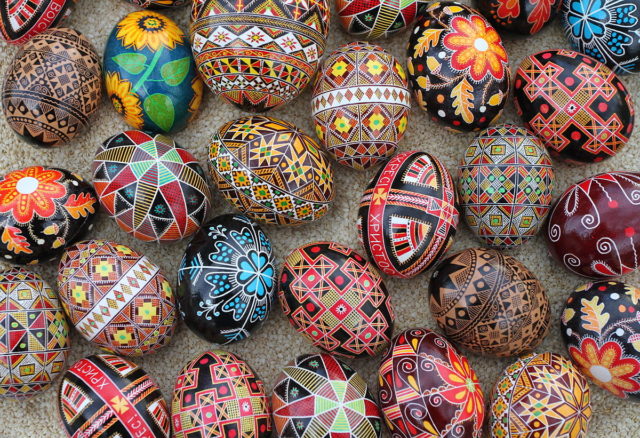
For millennia, Iranians have made use of decorated eggs for the Iranian New Year, known as Nowruz. This festivity falls on the spring equinox and its egg-decorating customs, traced all the way back to the times of ancient Persia, persist to this date.
In one of the customs, the colored eggs are part of the Nowruz family dinner, where the mother eats one egg for each of her children. Some accounts say that this particular custom has been present even before the reign of Cyrus the Great, whose rule in the 6th century B.C. marks the beginning of Persian history.
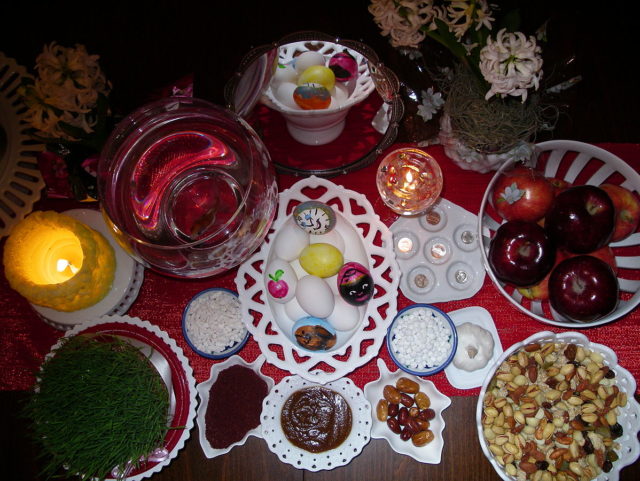
The arrival of the egg decoration to Christian customs occurred centuries after the religion was established in the west, some say around the 13th century. A possible explanation of why this custom waited so long in the Christian world could be that eggs were formerly a prohibited food, likewise other dairy and meat products, during the Lent period.
More sources tell of the existence of an Easter egg ritual in an early Christian community, likely in the territory of Persia. Eggs were dyed in memory of the blood of Christ, which was shed at his crucifixion. The egg was also considered a symbol of Jesus’ empty tomb.
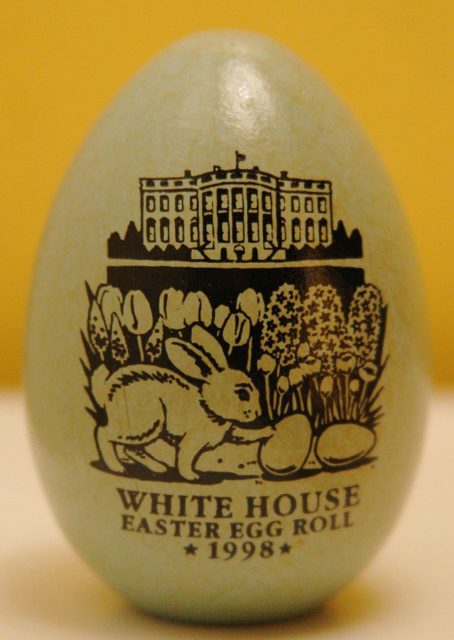
The symbolism established itself as the church slowly but surely adopted the egg custom, and it spread from one territory to another. The Greek church was likely the first to adopt these customs from the early followers in the east, after which other churches, including the Russian and the Roman Catholic ones, followed.
Orthodox Christians, in particular, traditionally paint eggs the color red today, representing the blood of Jesus, whereas the hard shell of the boiled egg is for the Tomb of Christ.
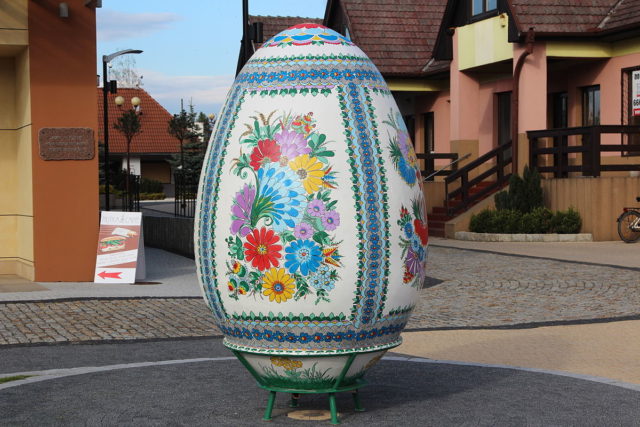
There are other legends and stories which would have increased the popularity of the Easter egg. In one of them, Mary Magdalene visits the Roman Emperor Tiberius after Jesus was resurrected.
She greeted Tiberius with the words “Christ has risen,” and in disbelief, the Emperor answered “Christ has no more risen than that egg is red,” pointing to one that was either on his table or held by Mary (depends on the version of the story you read). In the very instance the emperor muttered those words, the egg turned red.
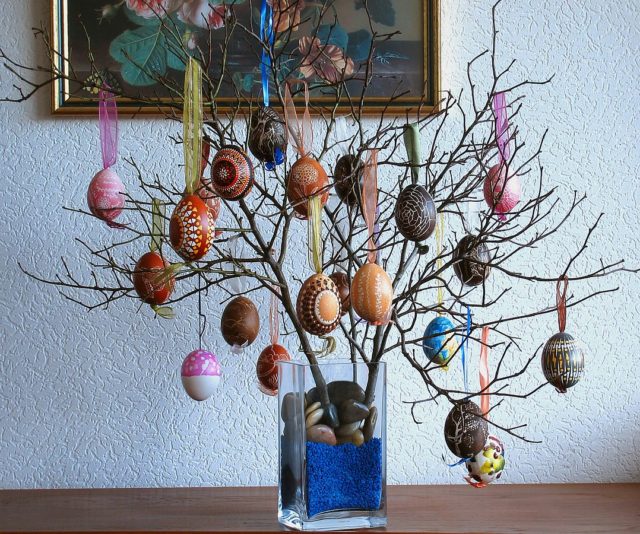
Mary Magdalene is also a key figure in the establishment of the egg-dying tradition. Another story says that Mary visited the tomb of Jesus three days after the crucifixion. At the grave, she carried some eggs to give to other women who were there to mourn. As she arrived at the site, the tomb was found empty, and the eggs she carried suddenly turned all red.
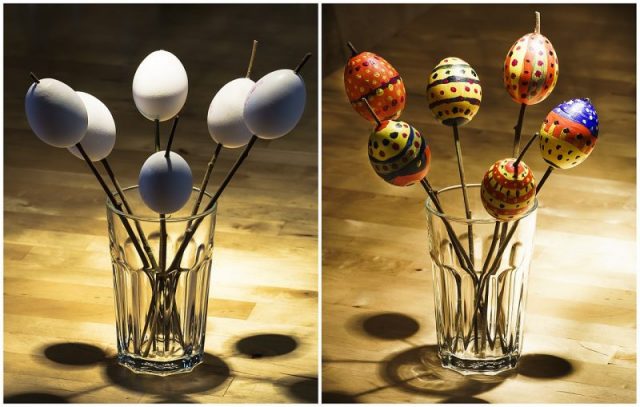
King Edward I of England may have well contributed to spreading the Easter egg ritual. Supposedly, during his reign in the 13th century, he ordered hundreds of eggs to be colored, decorated with gold leaf, and then presented as Easter gifts to members of the royal family and household. It is likely that others have since followed his example.
Read another story from us: The origins of the Easter Bunny and Easter eggs
Easter remains one of the favorite holidays in the Christian world today. It has also become the second biggest festivity of the year when candy is consumed at large. Only at Halloween do we eat more candy. And fortunately, these two holidays, six months apart, are perfect for your check-ups at the dentist.
